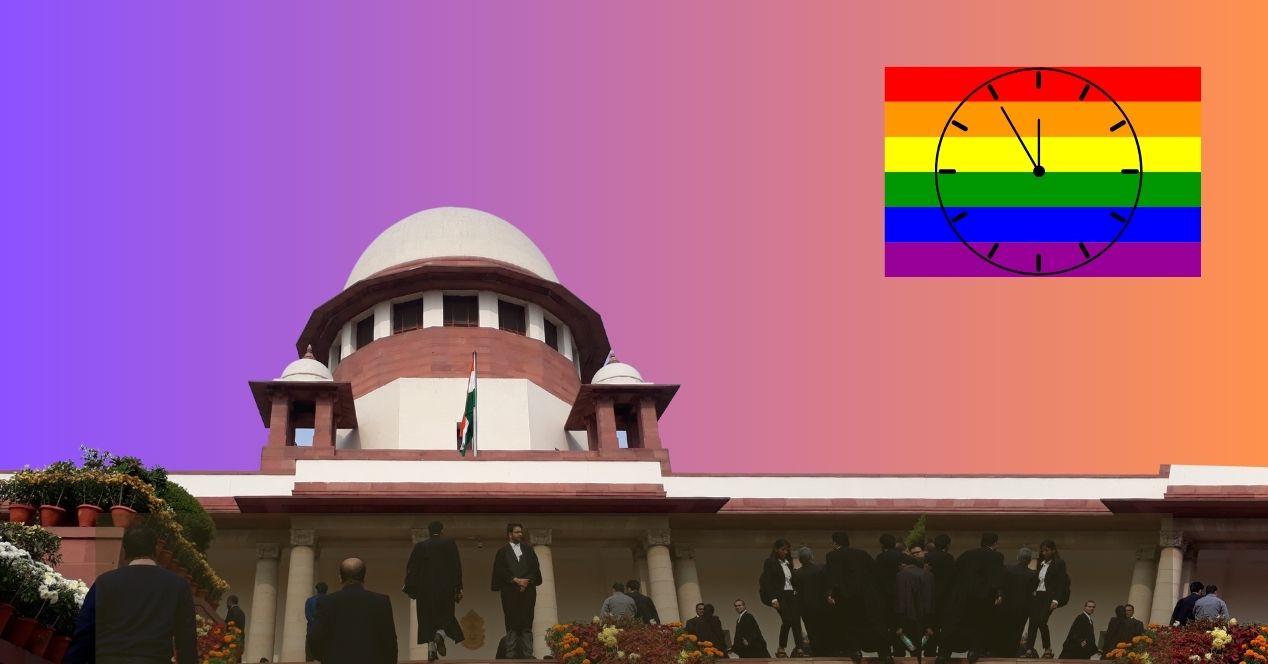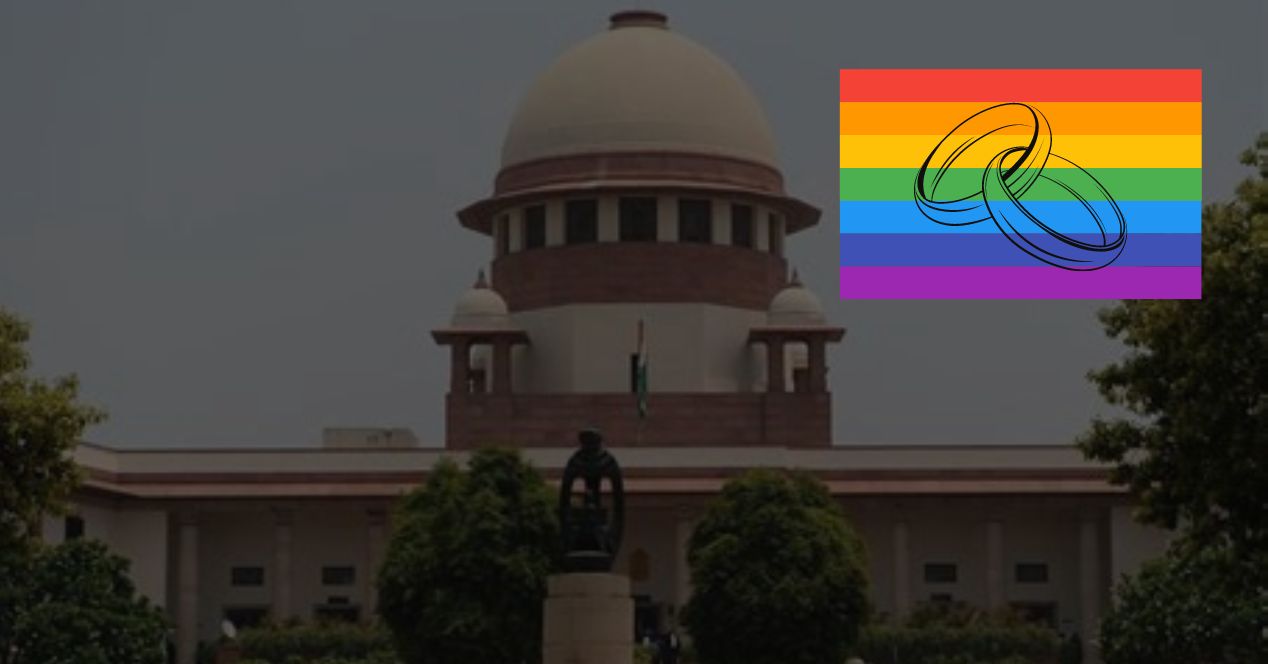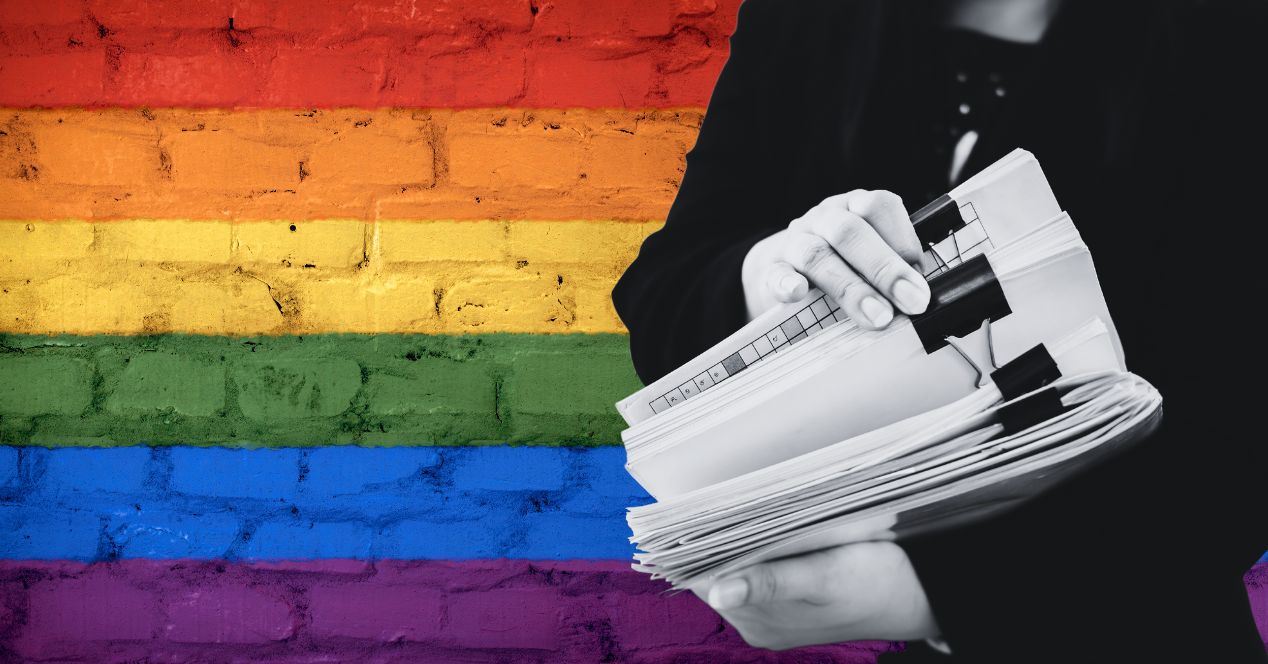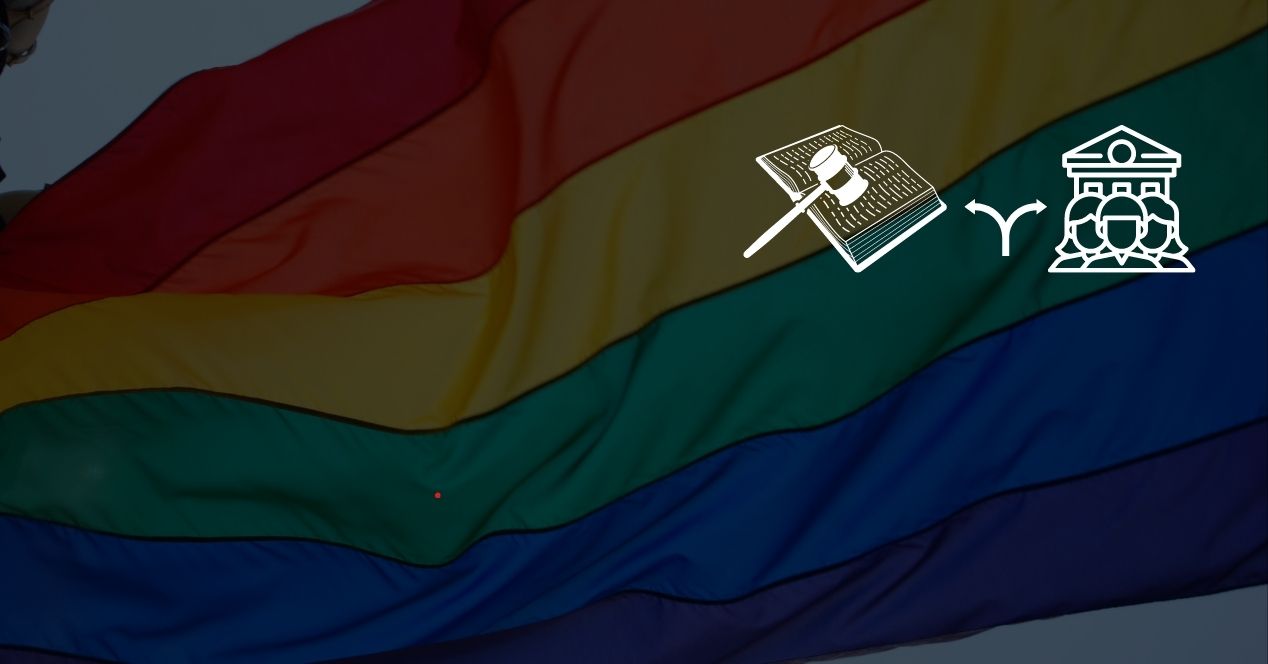Analysis
What were the directions issued by the Supreme Court in the Marriage Equality judgement?
The Court directed the Union and state governments to ensure that queer persons are protected from violence and discrimination
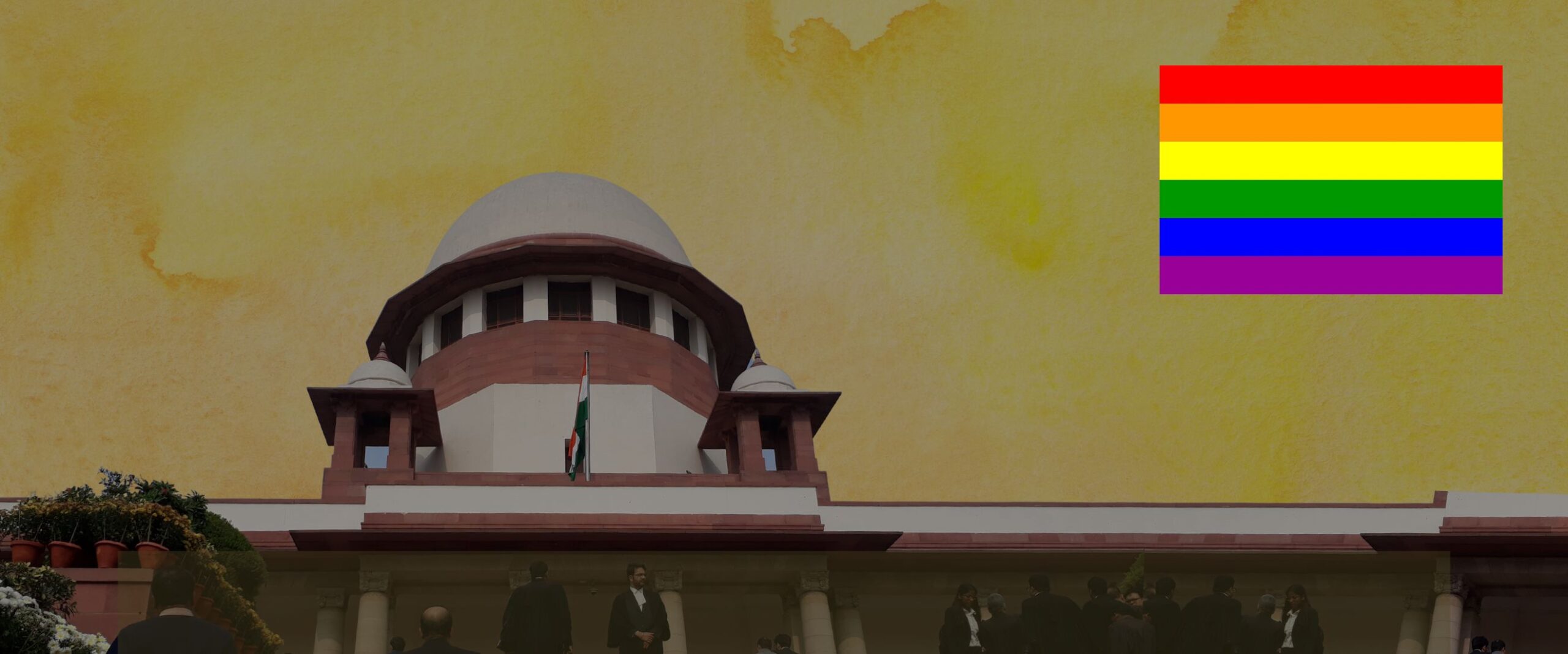
The Supreme Court on Tuesday rejected a batch of petitions seeking the right to marry for queer persons. Four judges wrote separate opinions. The judges unanimously agreed that there is no fundamental right to marry. Further, the Special Marriage Act, 1954 cannot be interpreted to include non-heterosexual couples due to judicial limitations.
In the issue of adoption rights and the right to form a “civil union” the Court split 3:2 with the majority holding that no such rights exist for non-heterosexual couples. SCO’s judgement matrix has covered what each judge said on the central issues in the case.
Apart from the legal and technical disagreements, the judges largely agreed that queer persons face violence and discrimination on the basis of their sexual orientation and gender identity. To “obviate such violence and discrimination” the Bench issued the following directions.
Prevention of violence and discrimination against queer persons
In his opinion, Chief Justice D.Y. Chandrachud recognised that a right to enter into a union exists, and directed the state to accept “civil unions” as a form of relationship. However, along with Justice S.K. Kaul, the Chief’s decision was in the minority. In addition to this, he recommended that the Union government, the state government, and the governments in union territories take the following steps:
- Ensure that the queer community has access to goods and services without any discrimination.
- Governments must take the initiative to sensitise the public that queer identity is natural and not a mental disorder.
- Establish hotline numbers, and “safe houses” to assist queer persons who face violence and discrimination.
- Ban conversion therapy treatments for changing the gender identity or sexual orientation of a queer person
- Prohibit inter-sex children from undergoing forced operations, especially at an age where they are unable to consent to the operation
- Prohibit hormonal therapy or any other medical procedure as a “condition” to grant recognition of a person’s gender identity
- Draft modules under the Mental Healthcare Act, 2017 to assist the mental health of queer persons, with programs to reduce incidents of suicide and attempted suicide.
Justice S.K. Kaul, in his judgement, highlighted the need for an “anti-discrimination law”. He recommended that the law must recognise discrimination in an “intersectional manner” i.e. assessing discrimination by considering multiple factors which result in a “distinct form of disadvantage”.
Justice S.R. Bhat, writing for himself and Justice Hima Kohli, recognised that non-recognition of queer persons’ relationships has a “discriminatory impact” on members of the queer community. He recommended that this “discriminatory impact” be eradicated “by enacting a new umbrella legislation, amendments to existing statutes, rules, and regulations that…disentitle a same-sex partner from benefits accruing to a spouse”. He stated that these remedies are in the realm of the legislature.
Similarly, Justice P.S. Narasimha agreed that LGBTQ+ partners are denied access to benefits and privileges which are available to married couples. However, he found that the existing framework is “too diverse” and requires a consultative exercise that the legislature and the executive are “constitutionally suited” to carry out.
Directions for the Police Machinery
CJI Chandrachud noted that the queer community faces “oppression, contempt, and ridicule in various forms, subtle and not so subtle, every single day”. Further, police officials themselves perpetuate violence towards the queer community, he stated. He relied on research conducted by the National Institute of Epidemiology which revealed that “law enforcement agencies are the largest perpetrators of violence against the transgender community”.
Additionally, he noted that often lesbian and gay couples face violence from their families and approach the police for protection. The police “hand over” the couples to their families. There are also instances where the police would register First Information Reports (FIRs) against queer persons on the basis of complaints by their families. He pointed out that the LGBTQIA+ community has the fundamental right to “live their lives as they see fit” but “the police often act in concert with the parents of LGBTQ persons” to prevent them from exercising these rights.
CJI Chandrachud then recommended certain directions for the police machinery:
- Prohibit harassment of queer couples by the police
- Ensure that a queer person is not forced to return to their “natal families if they do not wish to return to them.”
- Uphold the queer person’s freedom of movement
- Extend protection to queer persons facing violence from their natal families
- Carry out a preliminary investigation before registering a First Information Report (FIR) against a queer couple
Factors to be considered by the “High-Powered Committee”
Earlier, Solicitor General Tushar Mehta contended that a “high-powered committee” chaired by the Cabinet Secretary would deliberate and set out rights for queer couples. CJI Chandrachud recommended that the Committee should consist of members from the queer community and experts with knowledge in “dealing with the social, psychological, and emotional needs of persons belonging to the queer community”. He also directed that the Committee should conduct a consultative exercise among persons belonging to the queer community before “finalising its decisions”. He then suggested factors that the committee should consider:
- Queer partners should be considered as a part of the family for the purpose of ration cards
- Queer partners should be permitted to open a joint bank account with the option to add the name of the partner as a nominee
- Queers partners should be considered “family” when a medical practitioner is consulting the “family” of a terminally ill patient under the Euthanasia guidelines.
- Permit jail visitation rights to queer partners
- Permit access to the deceased body of the queer partner to arrange their last rites.
- Permit succession rights, maintenance, financial benefits, family pension, and insurance for the queer partners.
Justice S.K. Kaul expressly agreed to the CJI’s recommendations.
Justice S.R. Bhat also noted that the Committee should “undertake a comprehensive examination of all relevant factors” such as “employment benefits: provident fund, gratuity, family pension, employee state insurance; medical insurance; material entitlements”.

